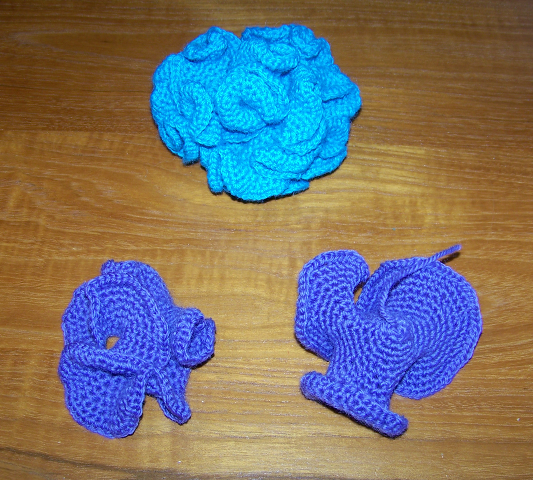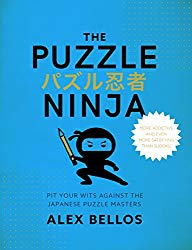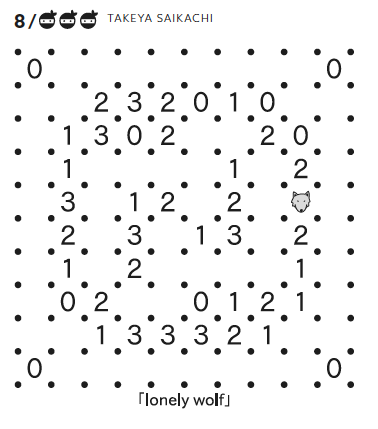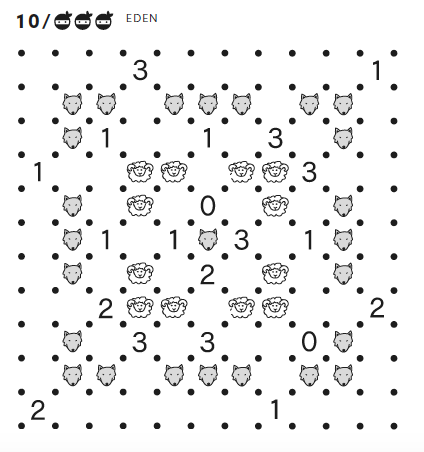Happy 2019, the first 4 digit number to appear 6 times in the decimal expansion of Pi.
By the way:
2019 = 14 + 24 + 34 + 54 + 64.
Also, 2019 is the product of two primes 3 and 673. The sum of these two prime factors is a square.
This is not all that is interesting about factors of 2019. Every concatenation of these two prime factors is prime. Even more unusual, 2019 is the largest known composite number such that every concatenation of its prime factors is prime. [Oops, the last statement is wrong, Jan 3,2019]
Happy Happy-go-Lucky year, as 2019 is a Happy-go-Lucky number: the number that is both Happy and Lucky.
In case you are wondering, here is the definition of Happy numbers: One
can take the sum of the squares of the digits of a number. Those numbers
are Happy for which iterating this operation eventually leads to 1.
In case you are wondering, to build the Lucky number sequence, start
with natural numbers. Delete every second number, leaving 1, 3, 5, 7, 9,
11, 13, 15, 17, 19, 21, …. The second number remaining is 3, so delete
every third number, leaving 1, 3, 7, 9, 13, 15, 19, 21, …. The next
number remaining is 7, so delete every 7th number, leaving 1, 3, 7, 9,
13, 15, 21, …. The next number remaining is 9, so delete every ninth
number, etc.
Share:










